In conjunction with the Geography Teachers Association of Victoria we have developed some excellent new education resources to support understanding of liveability, urban connections, and geographies of wellbeing for Australian secondary school students.
These resources align with three specific units in the Victorian Geography Curriculum enabling students to explore:
Year 7: Place and Liveability
Factors that influence the decisions people make about where to live and their perceptions of the liveability of places, influence of accessibility to services and facilities; and environmental quality, on the liveability of places, environmental, economic and social measures used to evaluate places for their liveability, comparing two different places, influence of social connectedness and community identity on the liveability of places, strategies used to enhance the liveability of places, especially for young people.
Year 9: Geography of Interconnections
Perceptions people have of place, and how this influences their connections to different places, ways in which transportation technologies are used to connect people to services, information and people in other places and the effects of people’s travel, recreational, cultural or leisure choices on places, and the implications for the future of these places
Year 10: Geography of Human Wellbeing
Reasons and consequences for spatial variations in human wellbeing on a regional scale on a local scale in Australia, different ways of measuring and mapping human wellbeing and development, and how these can be applied to measure differences between places, role of initiatives by international and national government and non-government organisations to improve human wellbeing in Australia
We are excited to share these resources, alongside a supporting Teacher Resource, with teachers and students across Australia. They will be available through the AUO (download here) and GTAV websites.
